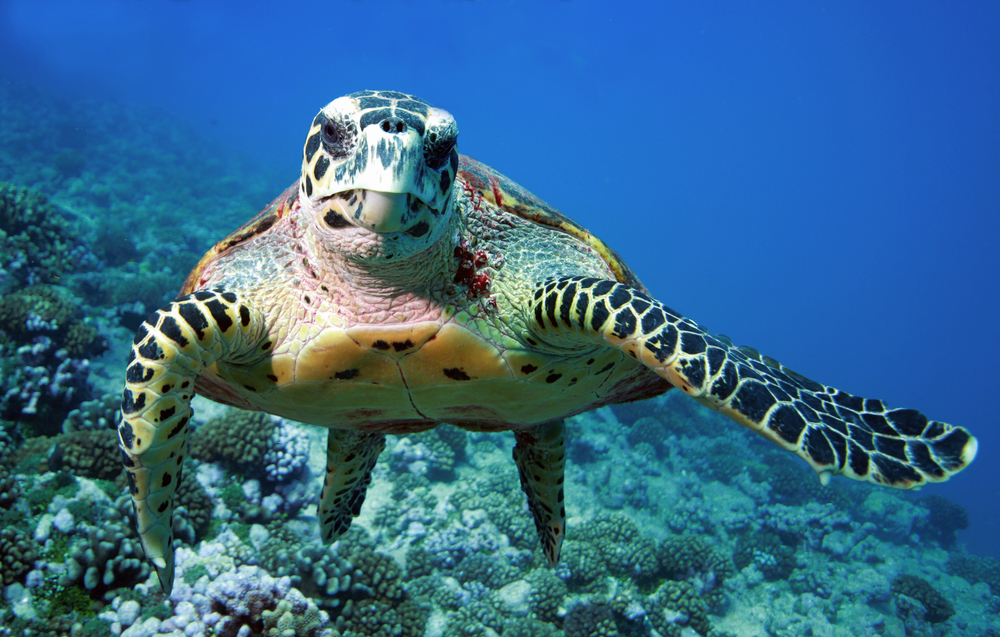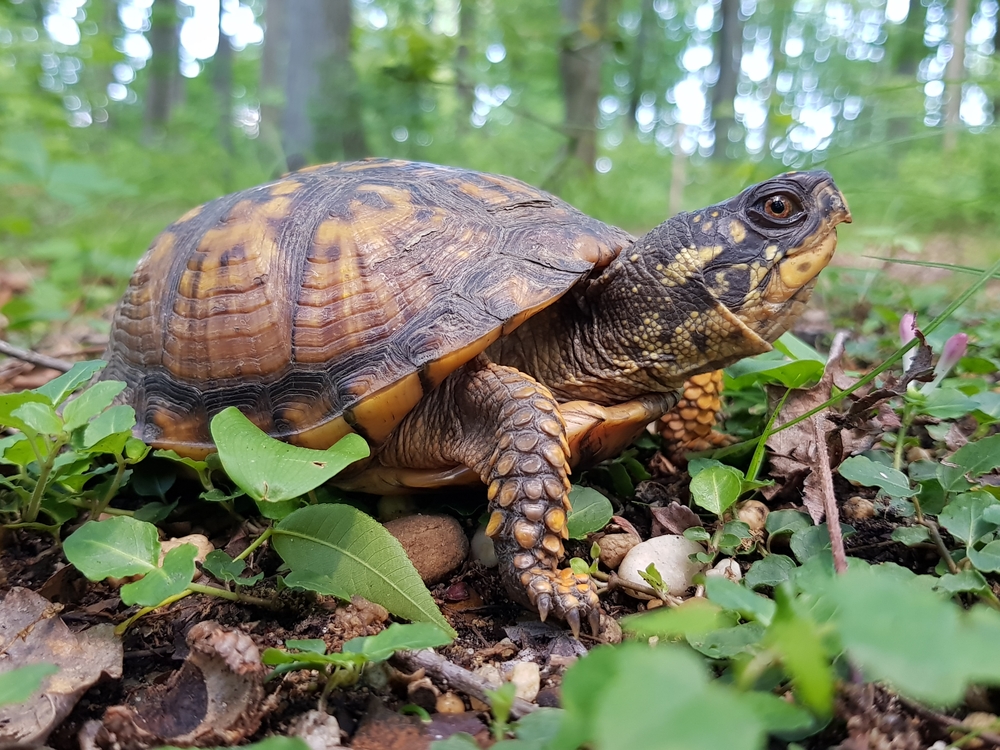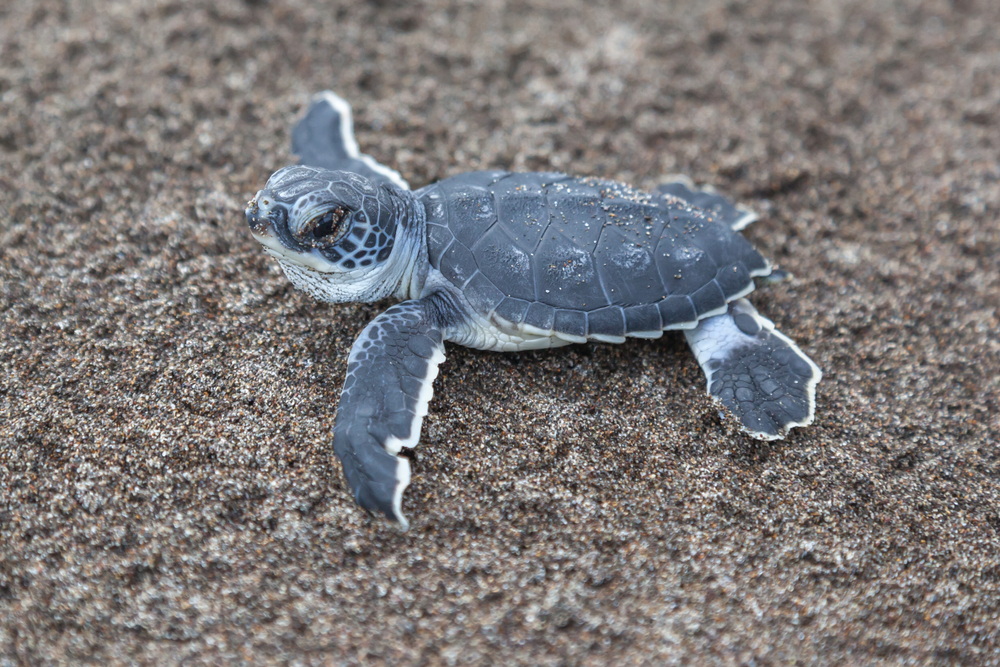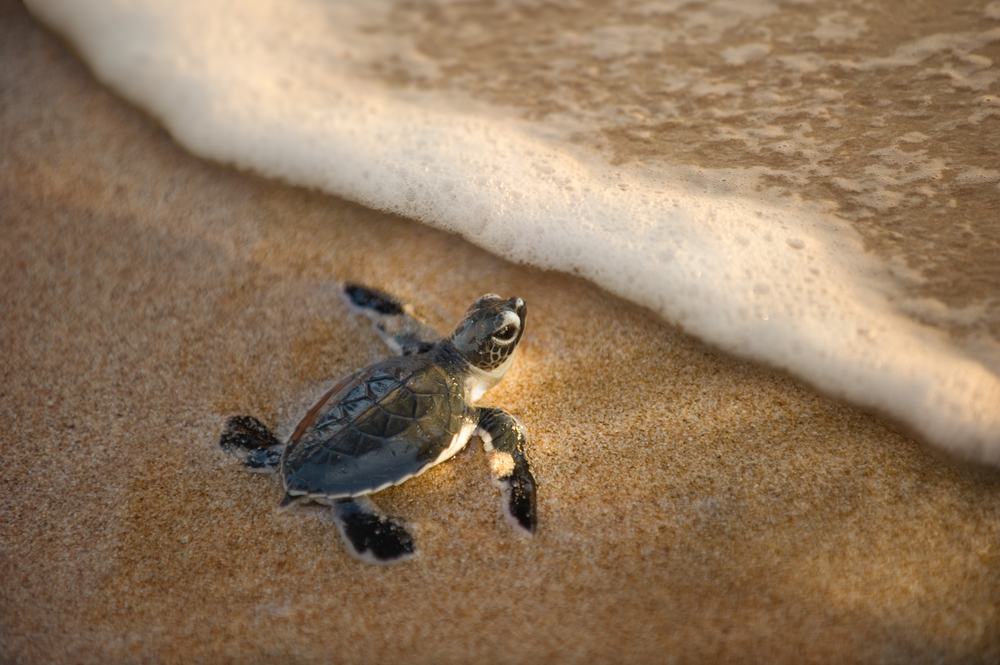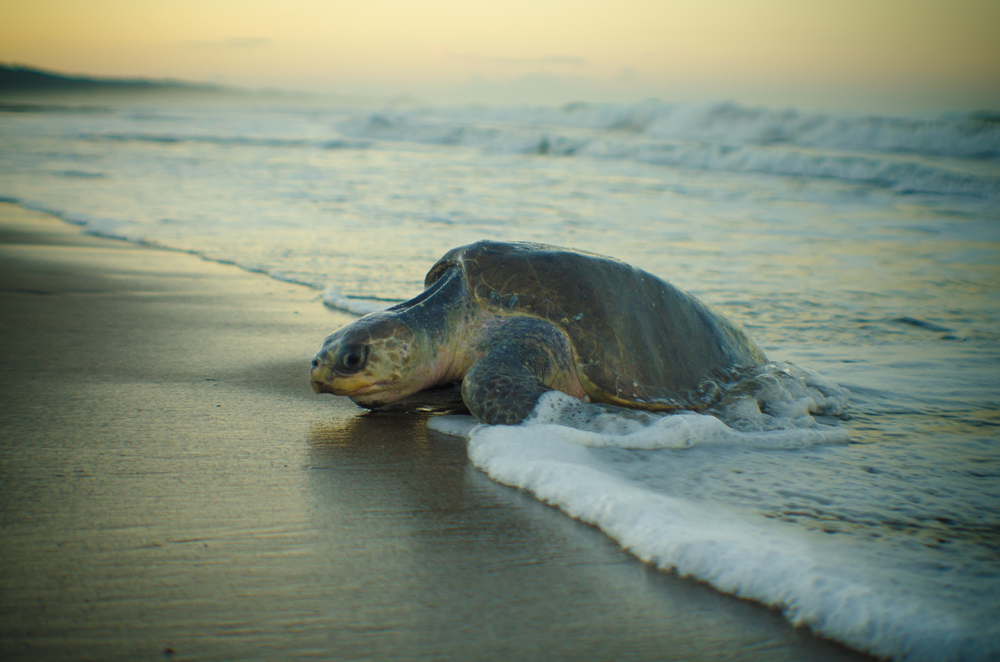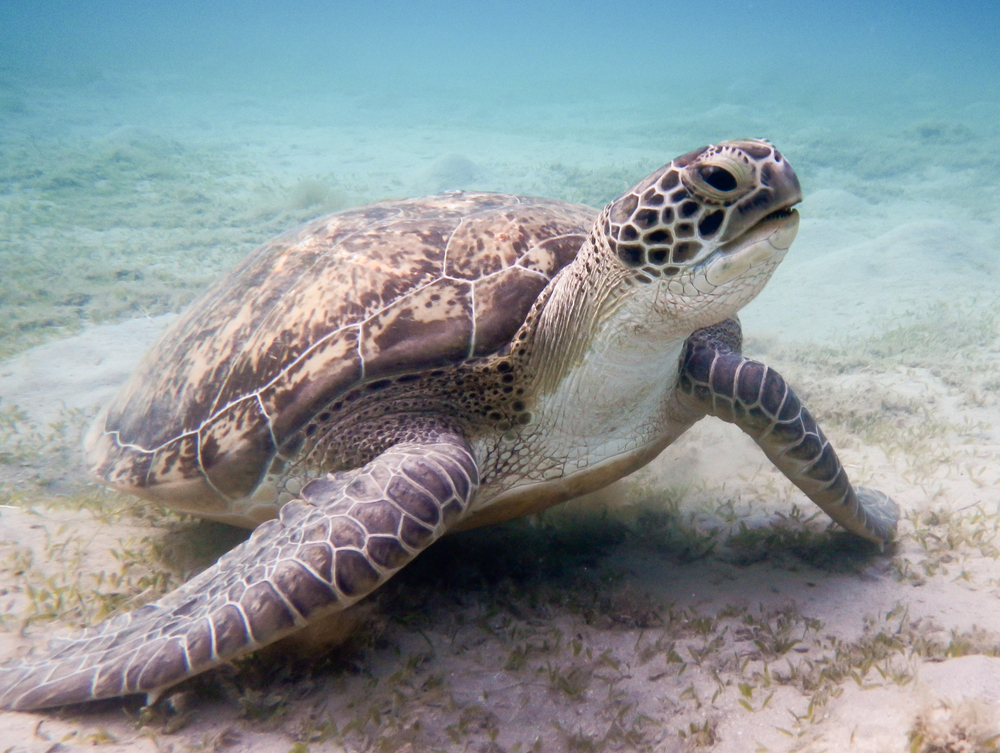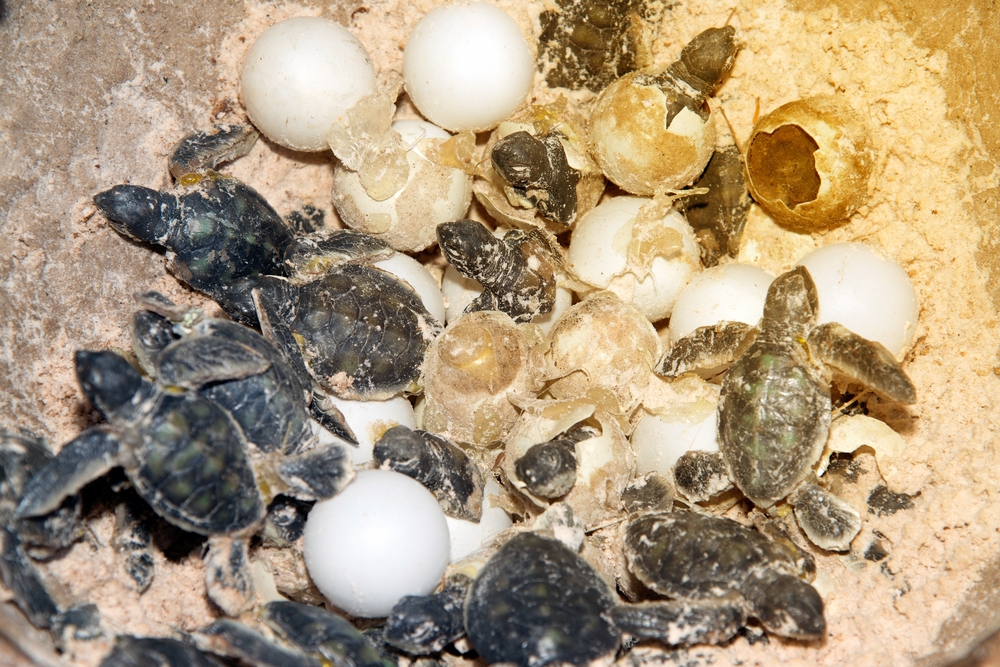About
#Herbivore
#Reptile
Sea turtles, belonging to the family Cheloniidae and the superfamily Chelonioidea, are marine reptiles found in oceans worldwide. Their scientific name is Cheloniidae. There are seven species of sea turtles: the loggerhead (Caretta caretta), green (Chelonia mydas), hawksbill (Eretmochelys imbricata), leatherback (Dermochelys coriacea), olive ridley (Lepidochelys olivacea), Kemp’s ridley (Lepidochelys kempii), and flatback (Natator depressus).
Sea turtles are characterized by their streamlined shells, paddle-like flippers, and beak-shaped mouths. They exhibit remarkable adaptations for life in the ocean, such as the ability to hold their breath for extended periods and navigate vast distances during migrations. Sea turtles play a crucial role in marine ecosystems by controlling jellyfish populations and maintaining the health of coral reefs and seagrass beds.
Conservation Concerns:
Sea turtles face numerous threats, including habitat loss, pollution, climate change, bycatch in fishing gear, and poaching. Destruction of nesting beaches due to coastal development disrupts nesting activities, while plastic pollution and oil spills endanger turtles through ingestion and entanglement. Climate change affects sea turtle nesting sites and alters ocean temperatures, impacting hatchling sex ratios.
Bycatch in fishing gear, such as trawls, gillnets, and longlines, poses a significant threat to sea turtle populations worldwide. Turtles accidentally caught in fishing gear often suffer injuries or drown. Illegal trade in sea turtle products, including shells, meat, and eggs, further contributes to population declines.
Despite conservation efforts, all seven species of sea turtles are classified as threatened or endangered on the IUCN Red List. Conservation initiatives focus on protecting nesting beaches, implementing fishing gear modifications to reduce bycatch, and raising awareness about the importance of sea turtle conservation. Continued efforts are essential to safeguard these ancient marine reptiles and ensure their survival in the face of growing threats
Threatened:
Extinct
Critically Endangered
Endangered
Vulnerable
Near Threatened
Least Concern






























































